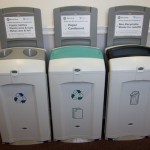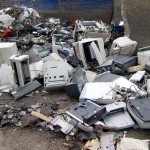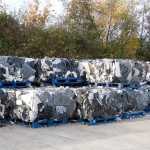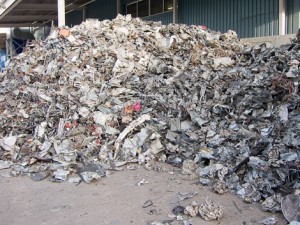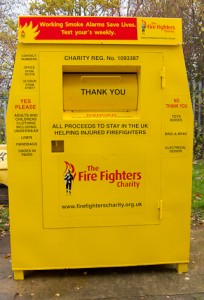Plastics – from Cradle to Grave and Resurrection
I attended a conference (that I helped organise) about Plastics – the aim was to look at the whole issue rather than a single item. It covered recycling, micro plastics and health impacts as well as some regulatory issues and new research.
Despite following a lot of the news (and there seems to be a lot of news at the moment) I still learn quite a lot. There are issues with the Packaging Recovery Notes – (the tax that has to be paid for anyone buying large amounts of packaging) and the amount issued compared to the amount recycled in this country (apparently prices are currently going through the roof). I learnt that there is such a term as bin juice for all those liquids that get left in the bottom of bins. Even though all councils collet plastic bottles the recycling rate is only 59% – but still we think that recycling isn’t easy enough. However, on the downside, there is very little recycling of film, even though in theory it is possible to recycle it to be used in a number of common applications.
61 million tonnes of PVC are still produced annually – even though there are alternatives that are less harmful to make and to dispose of for most uses. This might be because there are fewer and fewer uses for chlorine, the byproduct of making salt.
One of the biggest causes of microplastics is from car tyres, but also detergents, clothing, pharmaceuticals, paints and personal care products are also significant sources.
There was also the suggestion that most innovations that are highlighted are focussed on ‘virtue signalling’ and not actual solutions, something that I found interesting in one talk that was otherwise quite dull.
But it wasn’t all bad news.
I learnt about chemical and enzymatic upcycling of plastics to get back to reusable monomers. This was a very interesting idea, as most recycling ends up losing some of the original polymer and is often for less valuable uses. This even gives the option of removing those additives from some of the hard to manage black plastics.
And then, there is the government funding that has been allocated through Innovate UK and the Circular Plastics Network (www.ukcpn.co.uk accessed 28/06/19). It looks as though there are lots of new ideas out there following the Innovate UK funding announced last year.

